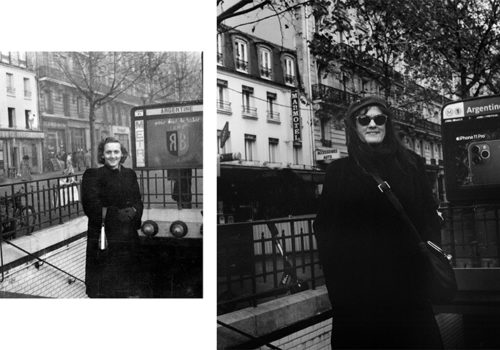Loli Kantor
Member Spotlight - May 2020
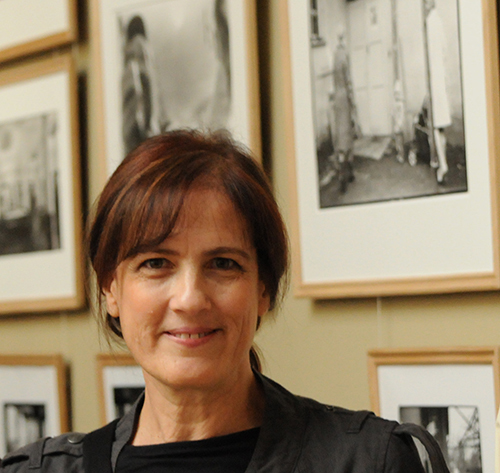
- Where did you grow up, and where do you live now?
I was born in Paris, France in 1952 and grew up in the United States from 1956 to 1960 and Israel between 1960 and 1984. I immigrated to the United States and have been living in Fort Worth, Texas since 1984.
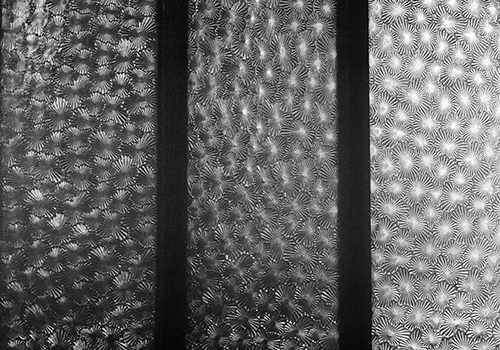
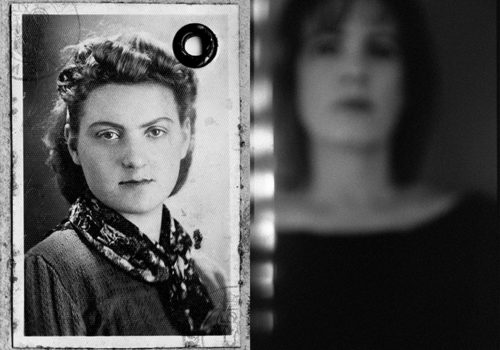
- Why did you join TPS, and how long have you been involved?
I have been a member of TPS for about eleven years. I started practicing photography about 20 years ago and joined the Texas Photographic Society to become a part of a wider photographic community. I have since participated in entries and shows and have been collecting members’ works in the TPS Members' Print Program.
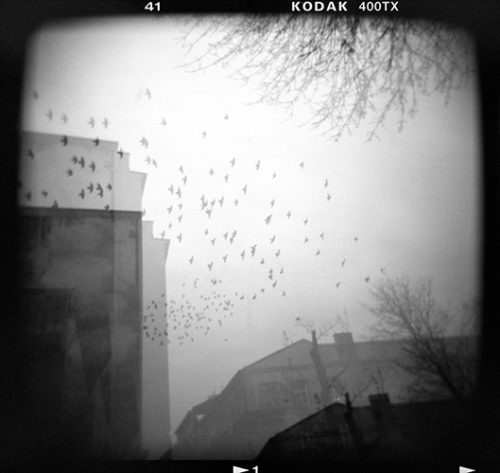
- Why did you become a photographer? / What do you like about photography?
I loved photography, both still photography and films. I was especially drawn to photojournalism, documentary photography, and portraiture. I have an urge to photograph what and who I love. Since I love people, music and visual arts, my natural tendency drew me to want to photograph musicians, actors, dancers and performers in general. This is where my photography started. I best express myself in photography as I cannot draw or paint or write stories.
In 2001, just before 9/11, I attended a documentary workshop organized by DoubleTake magazine at Hampshire College in Amherst, Massachusetts. I loved every aspect of this 10-day seminar and decided to leave my nearly 30-year-old career as a Physical Therapist and become a full-time photographer.
- Where or from whom do you find inspiration or motivation for your work? / Do you have a mentor?
I found inspiration for my work when I began photographing the Hip Pocket Theatre, a homegrown outdoor theater using alternative ways to tell stories, such as mime and puppetry, as well as traditional acting. I loved photographing the creative process of the artistic director Johnny Simons and producer/costume designer Diane Simons. The actors, lighting, set designers and the theatre space itself all inspired me to make photographs. I stayed long hours during rehearsals to photograph backstage life and photographed live productions using black and white film with available light.
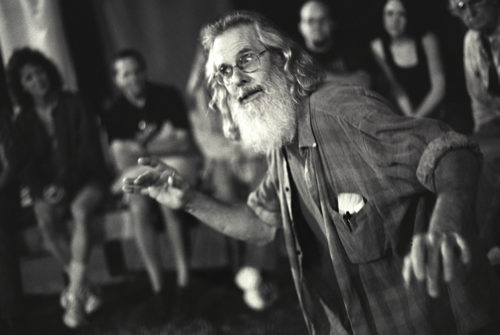
I also documented the Bruce Wood Dance Company, (now the Bruce Wood Dance Project, based in Dallas, Texas) focusing on the late artistic director/choreographer Bruce Wood and the dancers. What a privilege it was for me to have this access and exposure! I was so inspired by those people, the music, the visuals and the creative environment around me. This evolved into freelance work as Resident Photographer of the Hip Pocket Theatre and the Bruce Wood Dance Company; I also worked for a newspaper and other arts organizations in Fort Worth, Austin, New York City and abroad. I was reading extensively—photography books and biographies of photographers. I took numerous continuing education workshops to improve my skills and receive critiques of my work.
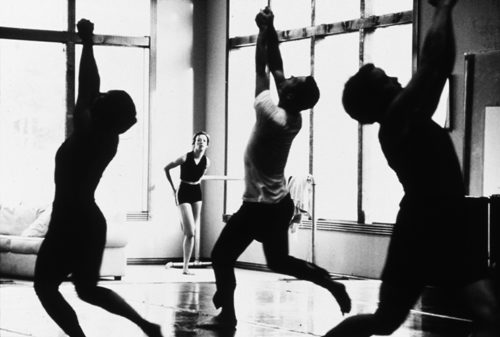
Peter Feresten, the late documentary photographer took special interest and understanding of my work with the theater, and especially in my long-term project which I was just beginning in Eastern Europe. He was my mentor and became a dear friend. Mary Virginia Swanson offered me invaluable help in forming my long-term project toward the publication of my book. I was also inspired by the work of Sylvia Plachy, Mary Ellen Mark and documentary filmmaker Frederick Wiseman, to name a few.
- How would you describe your photography and/or working process?
I photograph in both analog and digital, depending on the project I work on. There is always a reason behind what kind of camera I use, black and white or color film or digital and my final print choices.

When I have access to a wet darkroom, I love to make silver gelatin prints. I have a body of work of small platinum/palladium prints intended for a specific project, which I felt needed to be presented in this way. In 2005, I took my first platinum/palladium workshop in Prague with photographer Craig Barber and later on studied and further perfected my work with David Michael Kennedy.
Lately, at this time of isolation, I have been using my iPhone to document my experiences around my house and studio. I have been posting some of those on social media.
- What work are you most proud of?
... It’s like choosing which child you love most.
I am proud of my early work with the Hip Pocket Theatre in Fort Worth, Texas. Those images were created before I knew much about photography, and the work was very intuitive.
My largest body of work, which I completed in 2012, is also a project that I am very proud of. It is about the reemergence of Jewish culture in East-Central Europe. Beyond the Forest, Jewish Life in Eastern Europe, 2004–2012 was published by the University of Texas Press in 2014, with the support of the Shusterman Center for Jewish Studies at the University of Texas at Austin: https://utpress.utexas.edu/books/kanbey. This project shaped me as a photographer, a researcher and a documentarian.
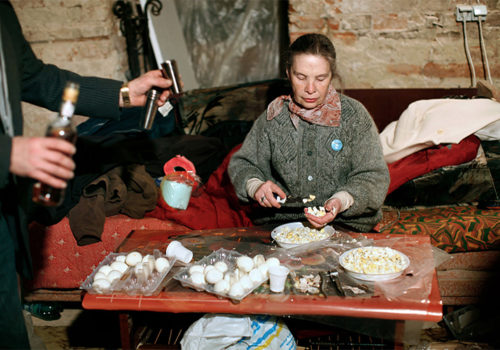
I traveled extensively for about ten years, eager to find out what Jewish life looked like, what remained of the Jewish communities in Eastern Europe and how non-Jews were (and are) instrumental in the gradual revival of Jewish life and culture there. I became close to many of the people I interacted with and who helped me in this journey. Many of the survivors of the Holocaust whom I met and photographed are no longer living. This was a time-sensitive project in which I was interested in documenting the people and their lives evolving into the 21st century.
- Please tell us about your most recent photographic project or body of work.
My most recent project is a biographical story about my late parents and beloved brother—my only sibling from both my biological parents. And, indirectly about myself.
For Time is No Longer Now | A Tale of Love, Loss and Belonging
This is a work in progress inspired by memory (or lack thereof...), love, loss, grief, displacement and belonging. The project consists of found objects, photographs, documents and letters, as well as new works I have been making.
My parents were both survivors of the Holocaust who met and married in Munich, Germany in 1946. Their marriage lasted only six years because my mother died in 1952 in Paris after giving birth to me; my brother was four years old at the time. When I was 14 years old my father passed away from a heart attack. My father left behind an extensive archive of documents, letters and photographs, which I began to research in my 50s and continue now.
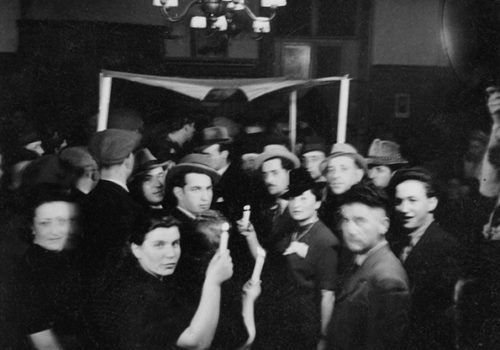
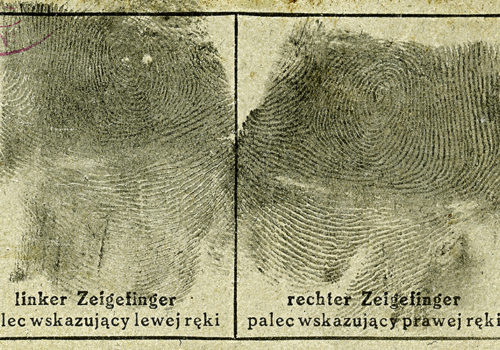
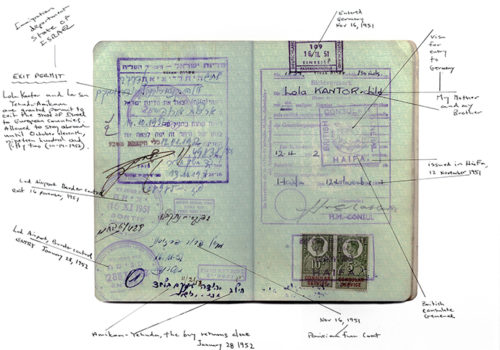
My brother (Né Yehuda Amikam, “Ami”) and I were very close. He was a troubled person, especially after my father’s second marriage when Ami was six years old. On Thanksgiving in 1998, my brother died from a cardiac arrest at the age of 50. This was also the age at which my father passed away.
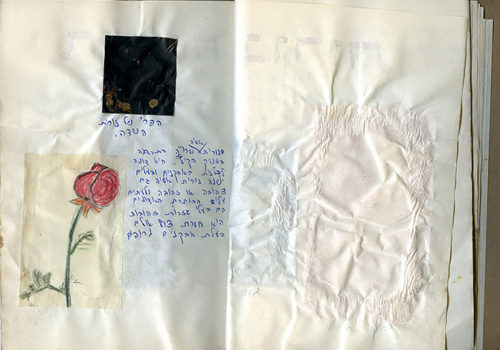
These events left holes in my heart, which I have been trying to fill through the research and documentation of my father's archive and what I have collected over the years. This research process, the findings, the surprises and interpretations of details I keep discovering fascinates me. Making new work and combining those with the historical works interests me a great deal. I believe that after I finish this project, I will consider it to be my life’s work.

